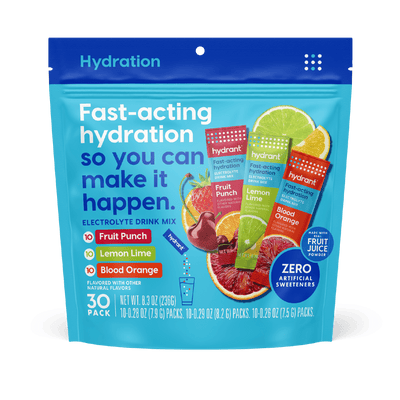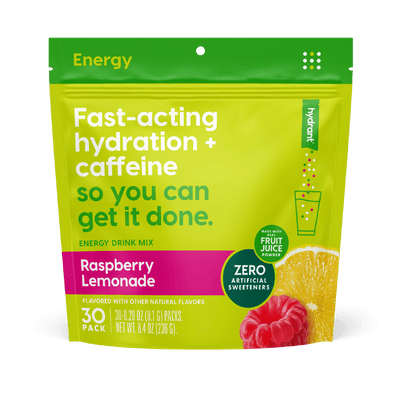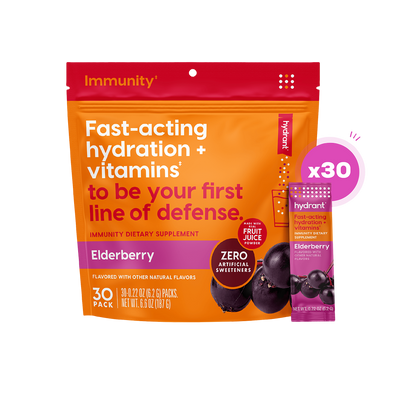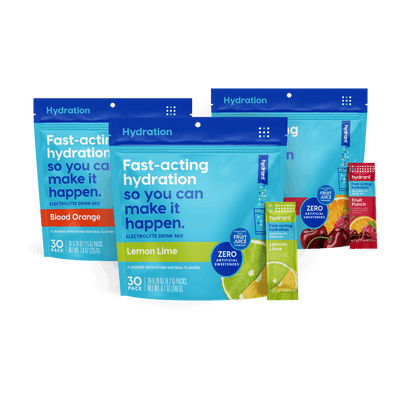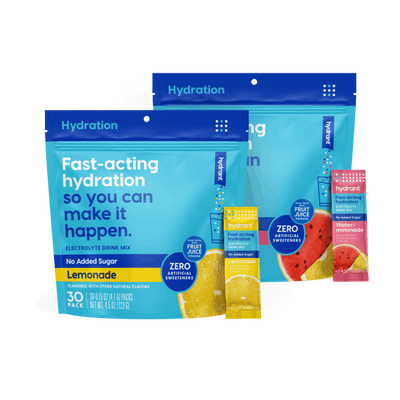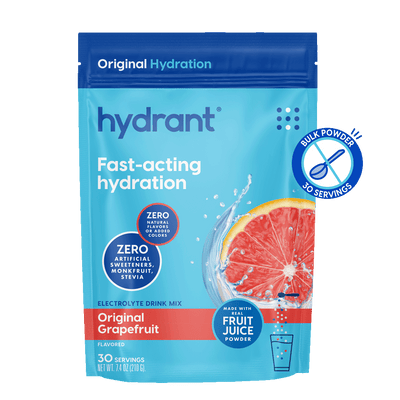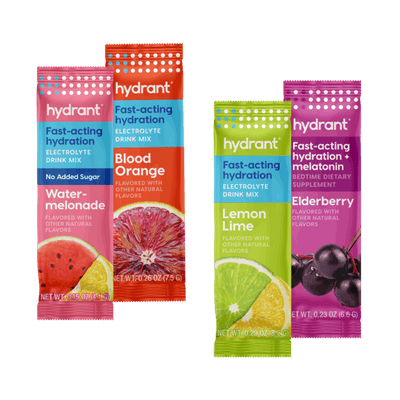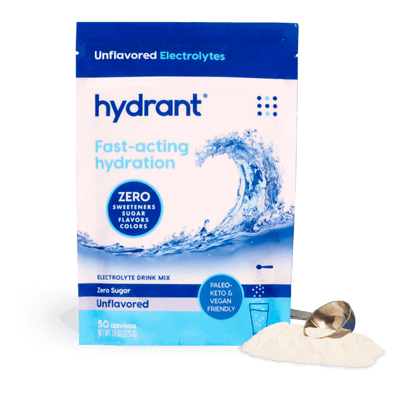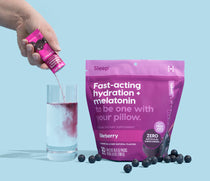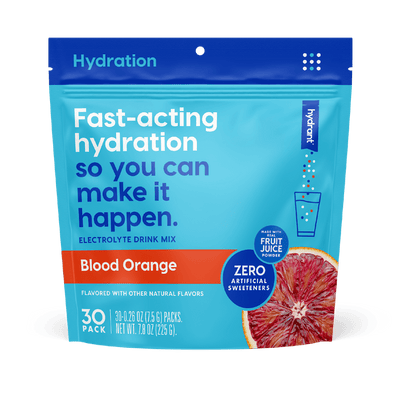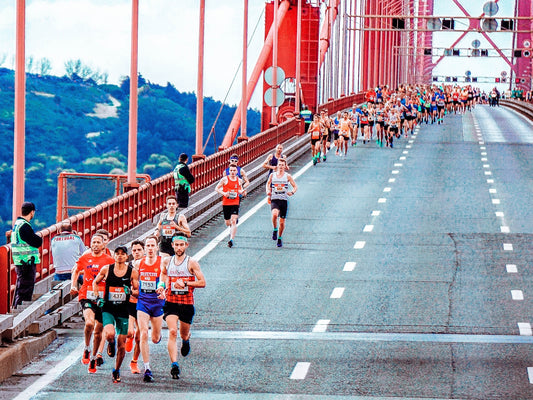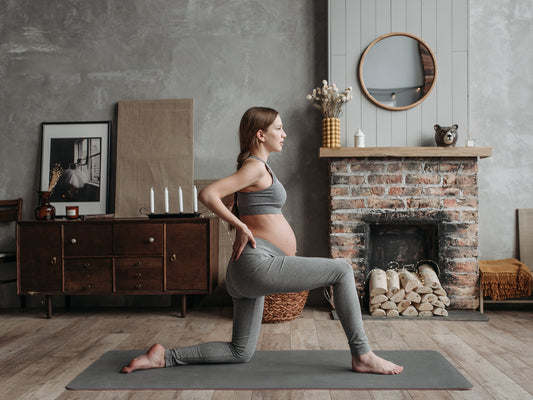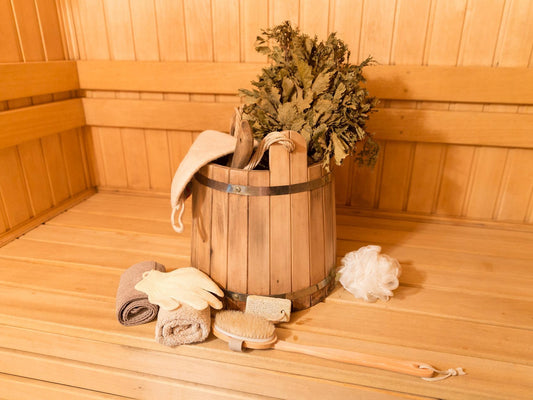Cycling is an ideal exercise for burning tons of calories, building muscles, and improving overall fitness. It’s a great addition to an exercise routine, method of transportation, or weekend hobby activity. Whatever reason you choose to cycle for, what’s most important is that you safely and correctly achieve the intended effects with minimal injuries.
There are two main types of cycling: indoor and outdoor cycling. While indoor cycling (also called spinning) is stationary and the exercise bike is fixed in one spot, you have to hit the trails or roads on a bicycle for outdoor cycling (don’t forget your helmet!). One common issue cyclists have to deal with is overheating as they cycle.

If you live in hot regions or cycle in hot weather, you may already be familiar with overheating while cycling or even sweating more on a warm day. While some of this is your body’s natural response to warmer temperatures, overheating & heat exhaustion can have serious repercussions if not addressed. If you keep reading, we’ll tell you all you need to know about it and how you can avoid overheating whenever you cycle. Let’s go!
Heat And Dehydration When Cycling
Overheating occurs when you subject your body to an abnormally high temperature without providing room for sufficient cooling. As you cycle, your core temperature increases, and you sweat to regulate your body temperature. If you are not hydrated enough to sweat, your body starts to pull water from your muscle cells, weakening your entire body.
Heat exhaustion is when your body can’t get rid of excess heat, and this is usually associated with dehydration. It is prevalent among cyclists, and it can make you feel very faint. The most common symptoms of overheating are fatigue, extreme thirst, dizziness, and sometimes nausea.
This is what happens when you become overheated when cycling. If you don’t drink rehydrate, you can feel both physically and mentally drained and may have to cut your ride short due to dehydration, overheating, and in some extreme cases, heat exhaustion.

Cycling outdoors 0n a hot day can lead to dehydration. When the environment is humid, your body is unable to sweat, and you won’t be able to get rid of the excess heat. But we’re not here to tell you not to go for a ride—instead, it’s important to be smart about knowing the signs of overheating, so you can get ahead of dehydration.
Causes of Overheating — What to Keep an Eye Out For
If you cycle frequently or even hopping on a bike for the first time, you can still feel the effects of dehydration and overheating. To help regulate your body’s response to overheating, keep an eye out for these things:
- Length of cycling:
When you cycle for a long period it heats up your body. Naturally, your body will cool itself by sweating. However, when you cycle in hot and humid weather, your body becomes unable to cool itself as effectively in non-humid environments.
- Dehydration:
This is a significant cause of overheating too. Because the excess fluid in your body is expelled as sweat, you don’t have enough water in your bloodstreams. When this happens, your body’s ability to sweat reduces drastically which could lead to overheating. Keep an eye out for some of the signs of dehydration—headaches, thirst, dizziness, irritable mood, or mental fog.
- Wearing too many clothes:
Cycling while wearing excessive layers of clothing can spike up your core body temp. Take off the extra clothes or wear heat-friendly cycling clothes.
- Change in cycling route or distance:
Recently changed your cycling route or increased your cycling distance? This can lead to overheating if you haven’t taken the necessary precautions beforehand. The more distance you cover (inside or outside), the higher your hydration intake should be.
- New location:
If you’ve suddenly moved to a warmer region, you are at risk of overheating. Your body has to acclimatize to the weather before you do excessive cycling, and acclimation takes time. Un-acclimated cyclers, who are not used to hot regions, may feel the effects of dehydration faster.
- Body mass size:
Cyclers with a large body mass are prone to overheating. Extra fat leads to excessive heat production, and the body sweats more to expel the excess heat. Because of the high amount of body mass, you lose extra fluids. If you don’t stay hydrated, you risk overheating.
Can You Stay Cool as You Cycle?

Yes, you can. Although cycling significantly increases your core body temperature, you can still manage to bring your body temperature to a reasonable level. Here are some tips to keep cool —
1. Cycle in the morning or evening
If you prefer outdoor cycling, especially if you live in a humid climate, try to go for a ride in the early hours of the morning, or later in the day when it’s coolest. For outdoor cyclers, head out between the hours of 4am to 7am as these are the coolest hours of the morning. If you ride in the evening, cycle between 5pm and 7pm when the sun is setting and it’s not too dark to see out. Make sure you are equipped with lights in case you decide to stay even later in the evening.
2. Wear appropriate clothing
There are different cycling outfits suited for different weather, so go for an appropriate outfit for the weather. A lightweight base layer will help cool off and prevent sweat from sticking to your skin. If you are cycling in hot weather, keep cool with moisture-wicking material and light base layers. For cooler temperatures, layering multiple light articles of clothing will help so you can remove clothing while you heat up during your ride.
3. Stay hydrated
Since one major cause of overheating is dehydration, you must stay hydrated. Drink water in small doses and often when outdoor cycling or spinning, and keep enough water bottles on you. Do not wait to drink only when you feel thirsty; keep taking water at intervals all through your ride.
How to Replenish Lost Fluids ASAP When You Overheat
When you overheat, it’s always important to rehydrate and replenish the lost fluids. While water is always a good option to cool your body temperature down and help rehydrate you, sometimes water alone is not enough. When you sweat, you lose electrolytes through perspiration and risk feeling the symptoms of dehydration if you don’t replenish these lost nutrients. To properly hydrate, your body needs a mix of balanced electrolytes and minerals that allows your body to quickly absorb the electrolytes and water, hydrating you faster. That’s where we can help.
An imbalance of electrolytes in your body fluids can lead to excreting excessive amounts of water through urine. This will make it impossible for your body fluids to be on its average level. With an electrolyte drink like Hydrant, you can restore your body fluids and nutrients quickly.
Our rapid hydration drink mixes are precise blends of balanced electrolytes and real fruit juice powder designed to rehydrate you fast. Backed by science, our formulas help your body quickly absorb the water and electrolytes, so you can feel your best and get back to your ride. Light and refreshing, it’s perfect for before, during, or after your ride (many cyclists on our team like our caffeinated hydration products for a pre-ride boost!). Whatever you choose to hydrate with, it’s important to always listen to your body and your needs.
Final Thoughts
To wrap up our stance on overheating, we’ll leave you with one key takeaway. Stay hydrated. Keep an eye out for any symptoms of dehydration and make sure to top off your ride with plenty of fluids. Pro tip—pre-mix a bottle of Hydrant in your fridge for a refreshing (and hydrating) cool down after your workout. Have a great ride!
Sources
- https://www.betterhealth.vic.gov.au/health/healthyliving/cycling-health-benefits
- https://familydoctor.org/condition/heat-exhaustion-heatstroke/
- https://www.hopkinsmedicine.org/health/conditions-and-diseases/dehydration-and-heat-stroke
- https://www.mayoclinic.org/diseases-conditions/heat-exhaustion/symptoms-causes/syc-20373250
- https://www.ptonthenet.com/articles/Overheating-While-Cycling-2635
- https://www.hopkinsmedicine.org/health/conditions-and-diseases/exerciserelated-heat-exhaustion
- https://www.sciencetosport.com/reducing-the-effect-of-heat-on-cycling-performance/
- https://ask.metafilter.com/219961/Tips-to-keep-cool-on-a-long-bike-ride
- https://www.active.com/cycling/articles/avoid-heat-stress-when-you-ride-with-these-tips
- https://www.bikeradar.com/road/8-tips-from-the-pros-for-staying-cool-when-cycling-in-the-heat/
- https://www.cyclingweekly.com/news/latest-news/hot-weather-cycling-five-tips-to-help-you-keep-your-cool-180053
- https://www.cyclingweekly.com/news/latest-news/hot-weather-cycling-five-tips-to-help-you-keep-your-cool-180053
